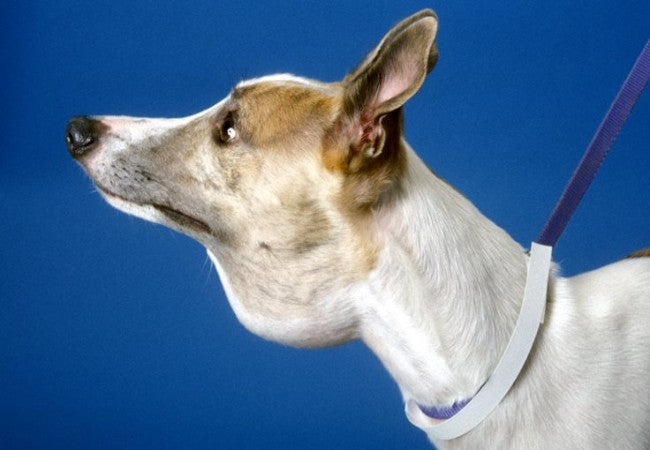Vet’s 2025 Guide to Canine Salivary Mucocele (Sialocele) 🐶✨🩺

In this article
Vet’s 2025 Guide to Canine Salivary Mucocele (Sialocele) 🐶✨🩺
By Dr. Duncan Houston BVSc
💡 What Is a Salivary Mucocele?
A salivary mucocele (or sialocele) is a saliva-filled swelling that develops when a salivary gland duct leaks. Depending on location, it is known as a sialocele (submandibular), ranula (below tongue), or pharyngeal mucocele (pharynx). These are usually painless but often enlarging and persistent.
🚩 Who Is Affected?
- Affects any breed, though common in younger to middle‑aged dogs.
- Small breeds and dogs with oral trauma tend to be predisposed.
👀 Clinical Signs
- ⚪ Fluctuant, soft swelling under jaw or neck—often painless.
- 💧 Drooling, difficulty swallowing (dysphagia), pawing at area.
- 🐾 Oral or pharyngeal forms can cause coughing, gagging, breathing difficulty.
- ⚠️ Secondary infection possible—redness, discomfort, fever.
🧪 Diagnosis
- Physical examination: Evaluate swelling location, feel fluid wave.
- Fine-needle aspiration (FNA): Aspirate clear yellow saliva-like fluid; supportive finding.
- Ultrasound/CT scan: Locate affected gland, exclude masses.
- Sialography or contrast imaging: Visualize duct leakage if needed.
🛠 Treatment & Surgical Planning
1. Surgical Removal of Gland + Drainage
- 🏥 Standard treatment: remove affected gland (usually sublingual & submandibular) and drain fluid.
- ✅ Recurrence rate <5% when surgery done properly.
- ⚠️ Risks: nerve damage (facial), bleeding—choose experienced surgeon.
2. Conservative Management (When Surgery Isn’t Feasible)
- 💉 Periodic drainage to relieve swelling.
- 💊 Anti-inflammatory medications to reduce gland inflammation.
- 🌀 Affected gland marsupialization or sclerotherapy—used in some cases.
- 🟡 Higher chance of recurrence compared to surgery.
3. Supportive & Antibiotic Care
- 💊 Pain control (NSAIDs, opioids) post-treatment.
- 🦠 Antibiotics if infection suspected.
- 💧 Soft diet and hydration maintained during healing.
📈 Recovery & Follow-Up
- 🟢 Recovery typically within 7–14 days post-surgery.
- 🔁 Monitor for swelling recurrence or infection—regular vet exams advised.
- 🕒 Long-term success >95% with complete gland removal; conservative approach requires monitoring for recurrence.
🏡 Ask A Vet App Home‑Monitoring Tools 📲🐶
- 🗓 Schedule gauge reminders: post-op medications, follow-up exams.
- 📷 Upload neck/oral photos to track swelling and wound healing.
- 📊 Log drooling, coughing, swallowing difficulties daily.
- 🔔 Get alerts if breathing worsens, swelling returns, or appetite drops.
- 📘 In-app guides: post-op feeding, wound hygiene, pain management.
🔑 Key Takeaways 🧠✅
- Salivary mucoceles are saliva-filled swellings due to duct leakage.
- Diagnosis based on location, FNA, and imaging.
- Surgery (gland removal + drainage) is treatment of choice.
- Conservative care acceptable when surgery not possible—but risk of recurrence.
- Ask A Vet assists owners with structured recovery tracking and vet communication.
🩺 Final Thoughts ❤️
In 2025, managing salivary mucoceles combines surgical precision, careful recovery monitoring, and owner engagement. With Ask A Vet's support, pet parents can track swelling, document healing, manage medications, and alert their veterinary team promptly—helping dogs heal comfortably and fully from oral swellings 🐾✨.
Visit AskAVet.com and download the Ask A Vet app to schedule meds, upload photos, track healing and get automatic alerts for swelling or breathing changes—ensuring seamless vet-owner collaboration during recovery. 📲🐶






